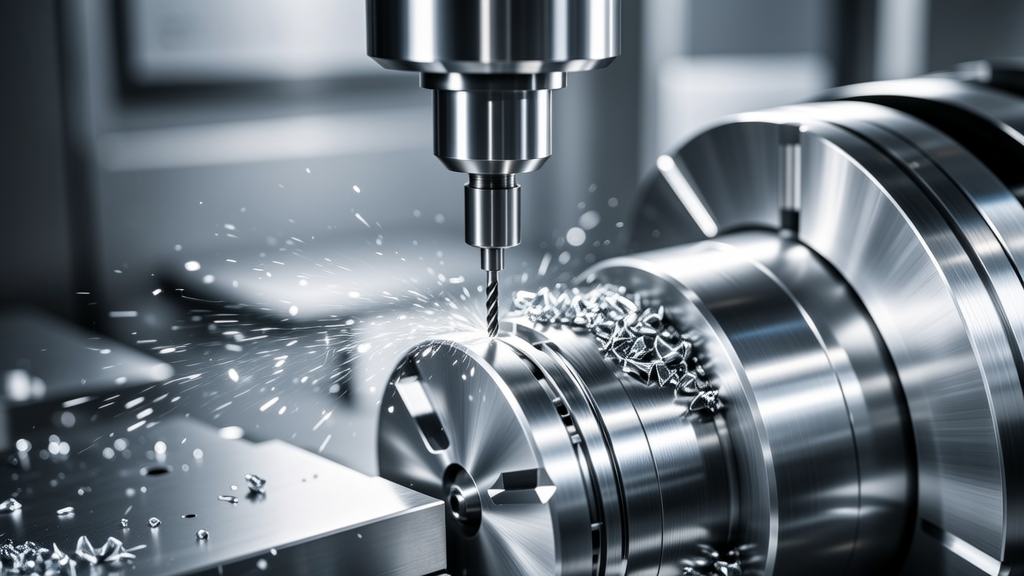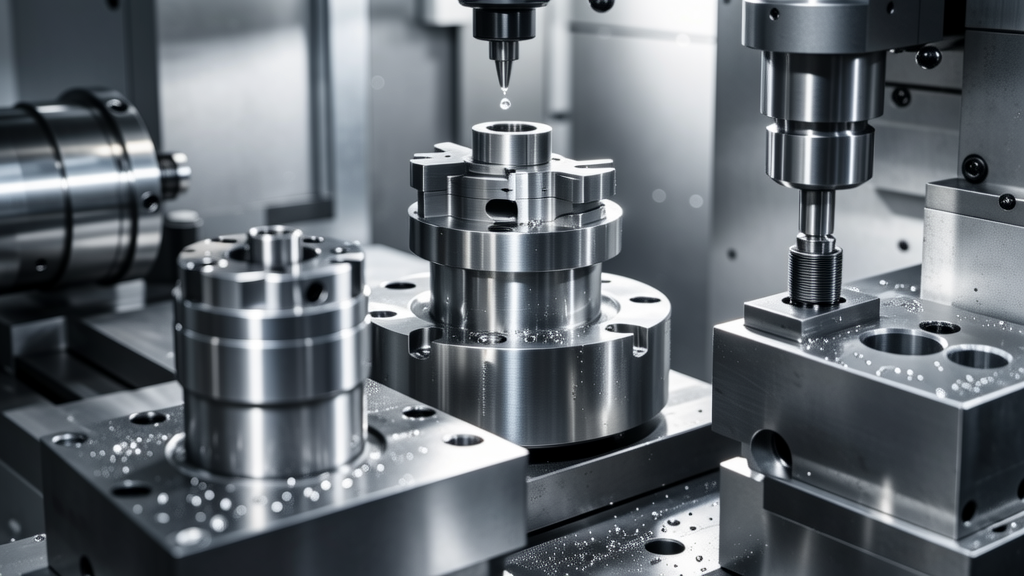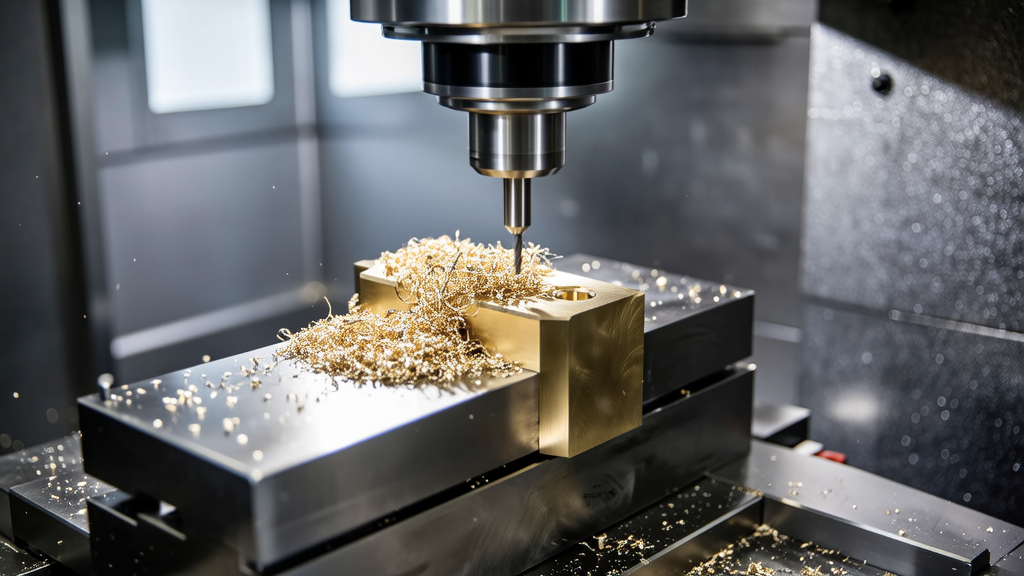Material Selection
One of the first things to consider is the material you’re using. Different materials react uniquely to machining processes, and a poor choice can lead to issues. For instance, I once worked on a project using aluminum, and I decided to try a cheaper grade to save costs. It turned out to be too soft, resulting in flawed dimensions and a higher rate of tool wear. After talking to an expert, I learned that investing in higher-quality materials pays off in the long run.
Tooling and Machine Calibration
Next up is your tooling. You wouldn’t believe how much the quality and selection of cutting tools can influence your results. For example, I’ve noticed that using the correct tool geometry and material significantly affects finish and precision. I once saw a friend use dull tools on a precision project, and he ended up with excessive burrs and an ill-fitting assembly.
Here’s a quick table to summarize some key tooling and machine calibration aspects:
| Factor | Importance | Recommendation |
|---|---|---|
| Tool Material | Affects tool lifespan | Use carbide for metals |
| Tool Geometry | Impacts cut quality | Select based on material |
| Machine Calibration | Crucial for precision | Regular checks recommended |
Environmental Conditions
Don’t overlook the environment in which you’re machining! Temperature and humidity can seriously affect your results. I remember a summer job where the shop was uncomfortably hot and humid; the materials expanded, which resulted in mismatched dimensions. This experience made it clear how vital it is to maintain controlled conditions.
In summary, understanding these factors can dramatically enhance your CNC machining quality. By making smart decisions around material selection, tooling, machine calibration, and environmental control, you’ll minimize issues and maximize your results. I recommend you keep these tips in mind the next time you’re setting up a CNC project—your finished product will thank you for it! If you give these recommendations a shot, I’d love to hear how they worked out for you!

What materials are best for CNC machining?
When it comes to CNC machining, the choice of material is crucial. Typically, metals like aluminum and stainless steel are excellent options for their balance of strength and machinability. I’ve found that a good grade of aluminum can yield smooth finishes and precise dimensions.
However, consider the end use of your part. If it needs to withstand high temperatures or corrosive environments, materials like titanium or specific alloys might be necessary. It’s all about matching the material properties to the specific application.
How often should I calibrate my CNC machine?
You should ideally be calibrating your CNC machine regularly to maintain precision. Depending on the frequency of your operations, a monthly check might be a good start. I often recommend doing a calibration check before starting large or complex jobs since even minor misalignments can cause significant issues.
Additionally, if you notice any variations in part dimensions or increases in tool wear, that’s a sign it might be time for another calibration. Keeping a log can be useful for tracking these checks.

Does temperature affect CNC machining quality?
Absolutely, temperature plays a key role in the CNC machining process. Extreme temperatures can cause materials to expand or contract, which directly impacts tolerances. I once worked in a shop during summer when temperatures soared; parts ended up slightly out of spec due to heat expansion.
Maintaining a controlled environment within the machining area can really help in achieving consistent quality. Ideally, try to keep temperatures within a stable range, as fluctuations can lead to unexpected results.
What should I look for in tooling for CNC machining?
When selecting tooling, focus on the material and geometry of the tools. Generally, carbide tools work well for machining metals because they maintain sharpness longer. I’ve found that the right tool geometry helps in achieving smoother finishes and longer tool life.
It’s also crucial to match the tooling with the specific material you’re working with. For example, softer materials may require different tools compared to harder metals. Always invest in high-quality tools, as they yield better performance and often save costs in the long run.
Are there specific environmental conditions ideal for CNC machining?
Yes, the environment in which you machine is vital. It’s best to work in a space that is free from dust and moisture as contaminants can lead to poor finishes. I once saw how dust buildup negatively impacted a precision job.
Keeping the machining area at a stable temperature and humidity can also prevent materials from expanding or contracting unexpectedly. Essentially, if you control the environment, you’ll see benefits in the quality of your machined parts.








